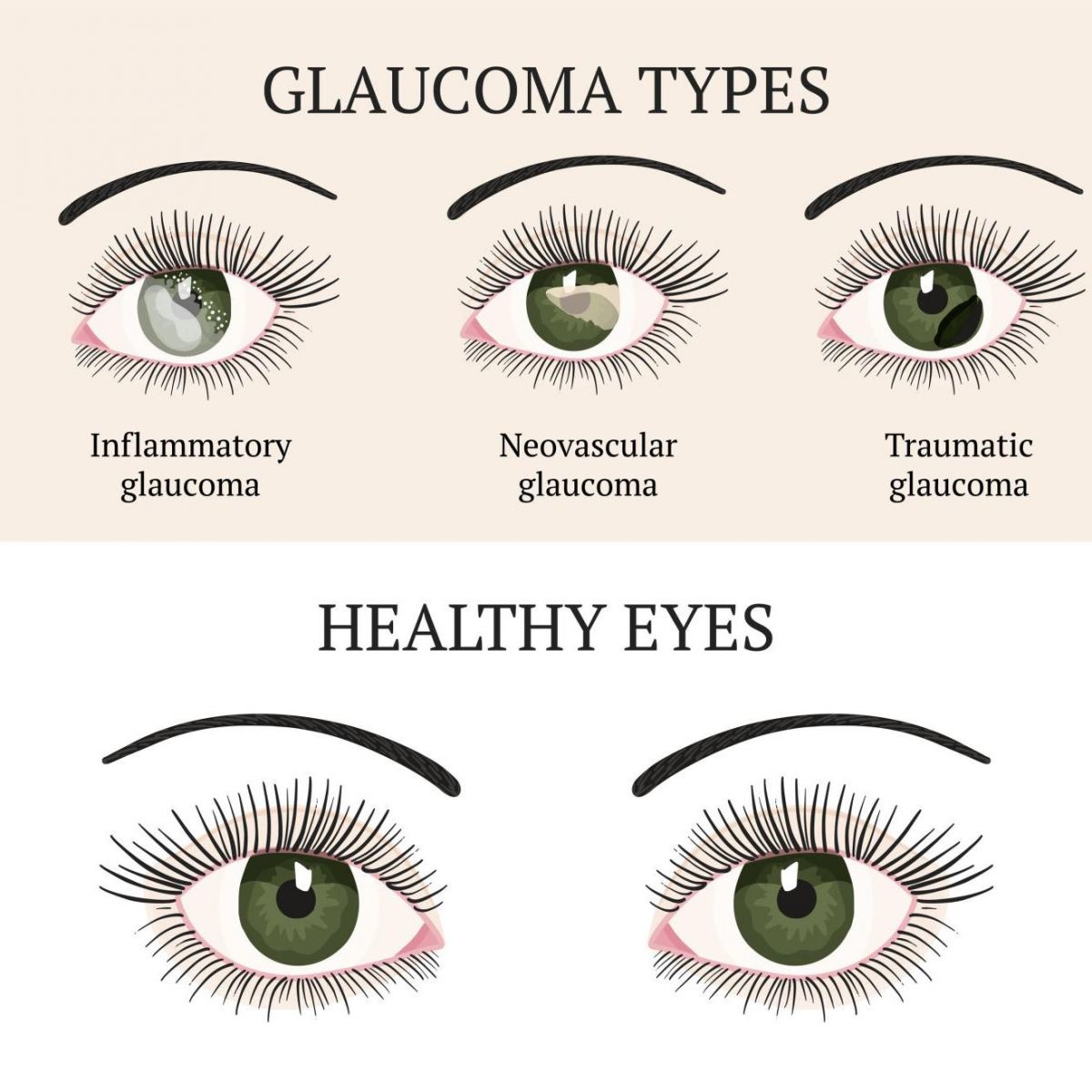Source: Thailand Medical News Nov 26, 2019 5 years, 4 months, 2 weeks, 4 days, 14 hours, 8 minutes ago
A new study by University College London (UCL) Living shows that in a more polluted area is associated with a greater likelihood of having
glaucoma, a debilitating eye condition that can cause blindness.

Individuals in neighbourhoods with higher amounts of fine particulate matter pollution were at least 6% more likely to report having
glaucoma than those in the least-polluted areas, according to the findings published in
Investigative Ophthalmology & Visual Science.
Professor Paul Foster (UCL Institute of Ophthalmology and Moorfields Eye Hospital) and the study's lead author told
Thailand Medical News, "We have found yet another reason why
air pollution should be addressed as a public health priority, and that avoiding sources of air pollution could be worthwhile for eye health alongside other health concerns. While we cannot confirm yet that the association is causal, we hope to continue our research to determine whether
air pollution does indeed cause
glaucoma, and to find out if there are any avoidance strategies that could help people reduce their exposure to air pollution to mitigate the health risks."
Currently,
Glaucoma is the leading global cause of irreversible blindness and affects over 60 million people worldwide. It most commonly results from a build-up of pressure from fluid in the eye, causing damage to the optic nerve that connects the eye to the brain.
Glaucoma is a neurodegenerative disease.
Professor Foster added, "Most risk factors for
glaucoma are out of our control, such as older age or genetics. It's promising that we may have now identified a second risk factor for
glaucoma, after eye pressure, that can be modified by lifestyle, treatment or policy changes."
The study results were based on 111,370 participants of the UK Biobank study cohort, who underwent eye tests from 2006 to 2010 at sites across Britain. The participants were asked whether they had
glaucoma, and they underwent ocular testing to measure intraocular pressure, and spectral-domain optical coherence tomography imaging (a laser scan of the retina) to measure thickness of their eye's macula (central area of the retina).
The patients data was linked to air pollution measures for their home addresses, from the Small Area Health Statistics Unit, with the researchers focusing on fine particulate matter (equal or less than 2.5 micrometres in diameter, or PM2.5).
The UCL team found that people in the most-polluted 25% of areas were at least 6% more likely to report having
glaucoma
ong>than those in the least-polluted quartile, and they were also significantly more likely to have a thinner retina, one of the changes typical of
glaucoma progression.
Eye pressure was not associated with
air pollution, which the researchers say suggests that
air pollution may affect
glaucoma risk through a different mechanism.
Dr. Sharon Chua (UCL Institute of Ophthalmology and Moorfields Eye Hospital), the study's first author, commented, "
Air pollution may be contributing to
glaucoma due to the constriction of blood vessels, which ties into air pollution's links to an increased risk of heart problems. Another possibility is that particulates may have a direct toxic effect damaging the nervous system and contributing to inflammation.,"
Typically,
air pollution has been implicated in elevated risk of pulmonary and cardiovascular disease as well as brain conditions such as Alzheimer's disease, Parkinson's disease and stroke. Particulate matter exposure is one of the strongest predictors of mortality among air pollutants.
This new study adds to previous evidence that people in urban areas are 50% more likely to have
glaucoma than those in rural areas, suggesting now that
air pollution may be a key contributor to that pattern.
Professor Foster concluded, "We found a striking correlation between particulate matter exposure and
glaucoma. Given that this was in the UK, which has relatively low particulate matter pollution on the global scale,
glaucoma may be even more strongly impacted by
air pollution elsewhere in the world. And as we did not include indoor
air pollution and workplace exposure in our analysis, the real effect may be even greater."
Reference : Sharon Y. L. Chua et al for the UK Biobank Eye and Vision Consortium. The Relationship Between Ambient Atmospheric Fine Particulate Matter (PM2.5) and Glaucoma in a Large Community Cohort Investigative Ophthalmology & Visual Science November 2019, Vol.60, 4915-4923. doi:doi.org/10.1167/iovs.19-28346
